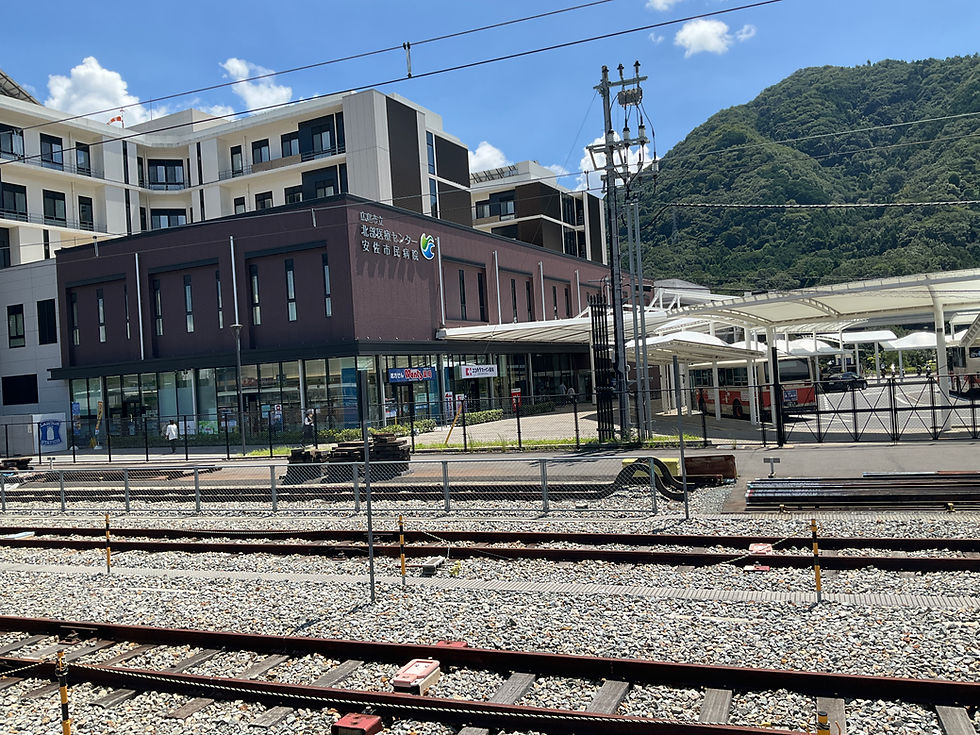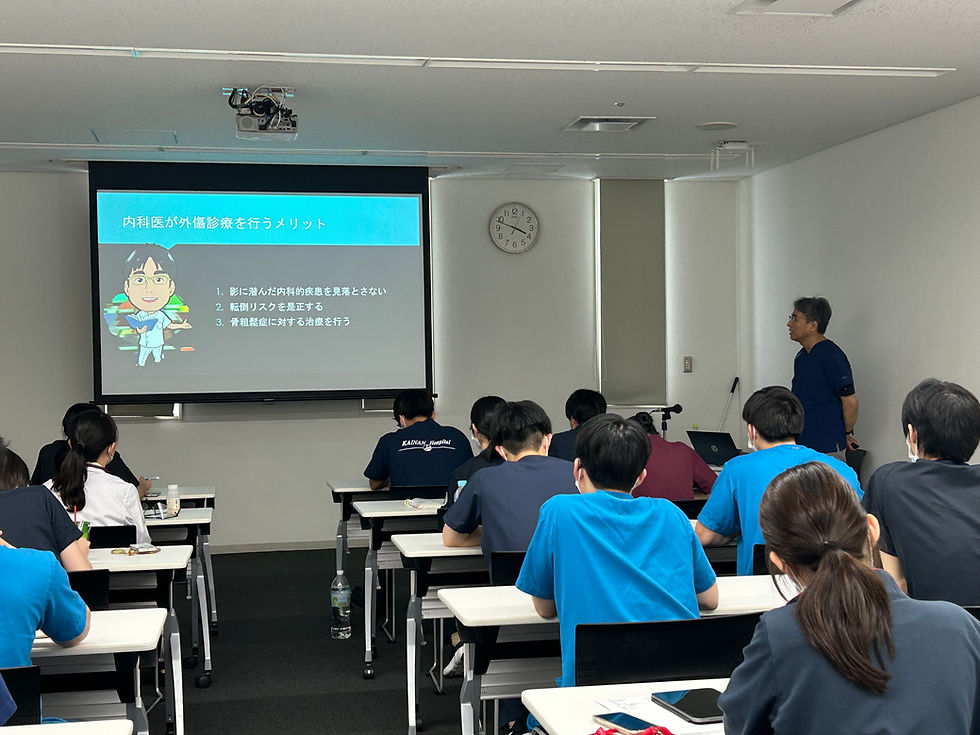呼吸不全に対するnasal high flow
- Y
- 2015年7月18日
- 読了時間: 5分
High-Flow Oxygen through Nasal Cannula in Acute Hypoxemic Respiratory Failure
N Engl J Med 2015;372:2185-96.
a multicenter, open-label trial
Patient:
18 years of age or older were enrolled if they met all four of the fol- lowing criteria: a respiratory rate of more than 25 breaths per minute, a ratio of the partial pressure of arterial oxygen (Pao2) to the Fio2 of 300 mm Hg or less while the patient was breathing oxygen at a flow rate of 10 liters per minute or more for at least 15 minutes, a partial pressure of arterial carbon dioxide (Paco2) not higher than 45 mm Hg, and an absence of clinical history of underly- ingchronicrespiratoryfailure.
18歳以上の急性呼吸不全の患者.CO2貯留はない.
The main exclusion criteria were a Paco2 of more than 45 mm Hg, exacerbation of asthma or chronic respiratory failure, cardiogenic pulmonary edema, severe neutropenia, hemodynamic instability, use of vasopressors, a Glasgow Coma Scale score of 12 points or less (on a scale from 3 to 15, with lower scores indicating reduced levels of consciousness), contraindications to non- invasive ventilation, urgent need for endotra- cheal intubation, a do-not-intubate order, and a decision not to participate.
喘息や心不全は除かれている.BIPAPの方が有利だからかな.
Intervention:
In the high-f low–oxygen group, oxygen was passed through a heated humidifier Fisher and Paykel Healthcare) and applied con- tinuously through large-bore binasal prongs, with a gas flow rate of 50 liters per minute and an Fio2 of 1.0 at initiation (Optiflow, Fisher and Paykel Healthcare). The fraction of oxygen in the gas flowing in the system was subsequently ad- justed to maintain an Spo2 of 92% or more. High-flow oxygen was applied for at least 2 cal- endar days; it could then be stopped and the patient switched to standard oxygen therapy.
NHF(nasal high flow)群は,50L, FiO2 1.0で始めて,SpO2 92%をkeepするようにする.
In the noninvasive-ventilation group, noninva- sive ventilation was delivered to the patient through a face mask (Fisher and Paykel Health- care) that was connected to an ICU ventilator, with pressure support applied in a noninvasive- ventilation mode. The pressure-support level was adjusted with the aim of obtaining an expired tidal volume of 7 to 10 ml per kilogram of pre- dicted body weight, with an initial positive end- expiratory pressure (PEEP) between 2 and 10 cm of water. The Fio2 or PEEP level (or both) were then adjusted to maintain an Spo2 of 92% or more. The minimally required duration of non- invasive ventilation was 8 hours per day for at least 2 calendar days.
NPPV群は,tidal 7-10ml/kgでPEEP 2-10 cmH2Oで,SpO2 92%を維持するように.
Control:
In the standard-oxygen group, oxygen therapy was applied continuously through a nonrebreather face mask at a flow rate of 10 liters per minute or more. The rate was adjusted to maintain an oxy- gen saturation level of 92% or more, as measured by means of pulse oximetry (Spo2), until the pa- tient recovered or was intubated.
マスクでSpO2 92%をkeep.
Outcomes:
Primary Outcome
The primary outcome was the proportion of pa- tients who required endotracheal intubation within 28 days after randomization.
28日までの挿管になった患者の割合.
To ensure the consistency of indications across sites and reduce the risk of delayed intubation, the following pre- specified criteria for endotracheal intubation were used: hemodynamic instability, a deterioration of neurologic status, or signs of persisting or wors- ening respiratory failure as defined by at least two of the following criteria: a respiratory rate of more than 40 breaths per minute, a lack of im- provement in signs of high respiratory-muscle workload, the development of copious tracheal secretions, acidosis with a pH of less than 7.35, an Spo2 of less than 90% for more than 5 minutes without technical dysfunction, or a poor response to oxygenation techniques
挿管の基準も決められている.
Secondary Outcomes
Secondary outcomes were mortality in the ICU, mortality at 90 days, the number of ventilator- free days (i.e., days alive and without invasive mechanical ventilation) between day 1 and day 28, and the duration of ICU stay.
Other pre- specified outcomes included complications dur- ing the ICU stay, such as septic shock, nosoco- mial pneumonia, cardiac arrhythmia, and cardiac arrest. Dyspnea was assessed with the use of a 5-point Likert scale, and comfort with the use of a 100-mm visual-analogue scale
conducted only one post hoc subgroup analysis, which included patients with a Pao2:Fio2 of 200 mm Hg or less at enrollment, to analyze outcomes in patients with severe hypoxemia.
一つだけpost hocもしている.
Ramdomization
Randomization was performed in permuted blocks of six, with stratification according to center and history or no history of cardiac insufficiency.
patients were randomly as- signed in a 1:1:1 ratio, with the use of a central- ized Web-based management system
施設,心不全の既往で層別化されている.

baselineに概ね差はない.standardに少し肺炎が多い印象はある.
blind
the coordinating center and all the investigators remained unaware of the study- group outcomes until the data were locked in July 2014.
評価者は,目隠し.
ITT解析との記載有り.

3人脱落していそうだけれど・・・
ま,3/300なので影響は小さい.
他の治療に関して,状況に応じてNPPVへの移行は可能.
その他の治療に関する記載はなし.
size
Assuming an intubation rate of 60% in the popu- lation that was treated with standard oxygen therapy,7,9,10 we calculated that enrollment of 300 patients would provide the study with 80% power to show an absolute difference of 20 per- centage points in the primary outcome between the standard-oxygen group and either the high- flow–oxygen group or the noninvasive-ventilation group at a two-sided alpha level of 0.05.
スタンダード群で挿管率が60%,reductionを20%と見積もって,α=0.05, β=0.2で300人必要.
Results

Over all populationでは,差が出なかったが,重症例(P/F ratio≦200)では,NHFで挿管率が有意に減った.


NPPV死にすぎ.肺炎が多いから?
NHFで,有意に死亡が減っている.
やっぱり肺炎に対しては,NPPVよりNHFがよい.
不快感は明らかにNHFで良かった.
読んだ印象.
悪くない.不快感もあまりないし,ご飯も食べられる.しかし,お金がとれない.ここは,保険の問題で,さっさと取れるようにして欲しい.
現在のところ,10L/min.以上の酸素代3000円以上+人工呼吸器換気量8190円がとれないということから,10000円以上の持ち出し.
肺炎には,NPPVはやっぱりイマイチ.
ついでに言うと,当院では一台しかないので取り合いになる.
心不全や,COPDなんかはNPPVがよいのだろう.





コメント